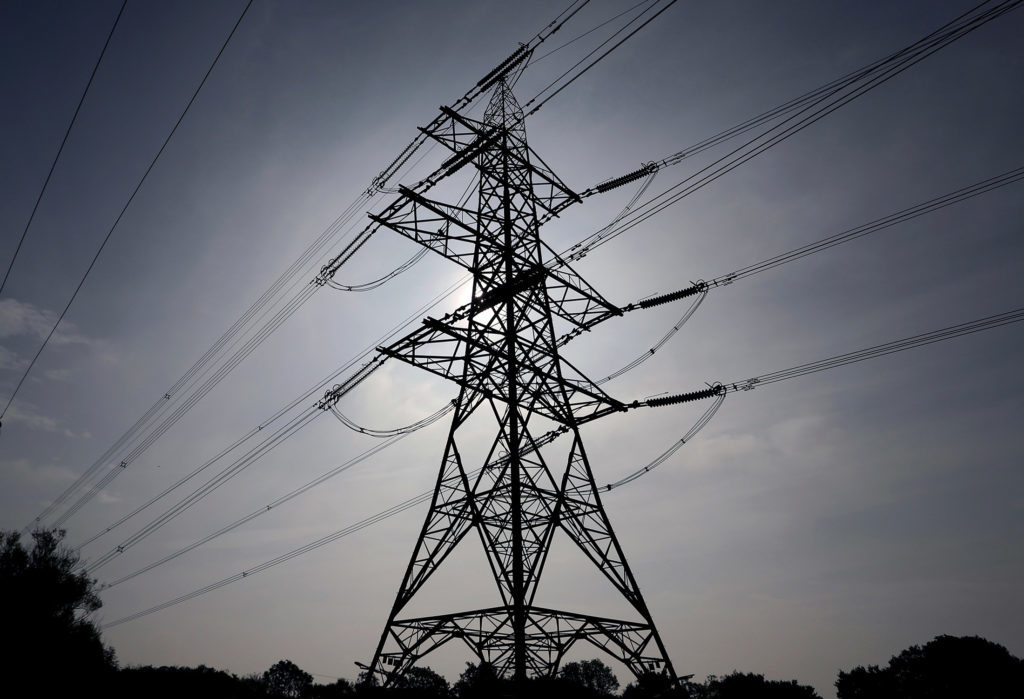
Shrouded by opaque, inefficient and antiquated processes, the energy sector has long called for innovation to disrupt the status quo. But lacking in know-how and resources, businesses have stayed on the same procurement track, defaulting to traditional but costly methods of buying and managing their commercial energy. Till now, brokers have held all the aces in the pack, but the rise of young, disruptive companies that are harnessing technology to drive change is slowly shifting the balance. Bold and determined, these disruptors-with-a-conscience, have beefed up the competition and positioned the energy procurement sector on the precipice of a new era. Jonathan Anstey, Head of Partnerships at Open Energy Market, shares his insight on why standing still will be a risky business.
Taking a birds-eye view of the state of innovation across the commercial energy sector, it’s easy to identify a clear difference between efficiency and procurement. In terms of efficiency and incentivising organisations to reduce their consumption of energy, innovation is pretty well advanced, though there’s always room for improvement.
But when it comes to (commercial) procurement, innovation has been minimal. And when you compare it to the domestic energy marketplace, it’s barely scratching the surface. Thanks to the mass of publicity around consumer procurement options, you don’t have to be an energy expert to be aware of the switching firms and tech-powered platforms that are operating across the domestic space. The quality of innovation and speed of uptake in the B2C arena here leaves the commercial procurement sector behind.
Fighting change
Commercial energy procurement is, in itself, a conundrum: there’s not been any marked transformation or technological innovation to improve the service delivered, in spite of the successful progress being made across its sister sectors that clearly demonstrates the opportunities that can be born from change. Which begs the question, why is commercial energy procurement still sitting at the bottom of the innovation table?
The commercial energy procurement landscape is currently riddled with complexity and suffers from a lack of both price and relationship transparency, which not only gives TPIs (third-party intermediaries) the upper hand, but also places roadblocks in the way of innovation.
There’s a definite ‘dis-incentivisation’ to change coming from the TPI corner. The competition, in terms of suppliers, are all interlinked and collectively they have a vested interest in not changing, largely because change would see businesses benefiting from a marked improvement around cost savings. So why would TPIs surrender those cost benefits, that they would otherwise pick up, to the customer?
Adding more fuel to the transparency fire is the fact that this industry is difficult for outsiders to understand, meaning those not fluent in energy jargon, legislative impacts and the complexities of pricing mechanisms find it hard to question how it works. There’s a lot of exciting up and coming tech talent ready and willing to push forward, but without the specialist knowledge, innovation in this sector is slow. When those two skill sets of tech know-how and procurement insight converge, it will be a powerful force that can drive change and bring massive benefits to businesses, with speed and ease topping the charts.
Under typical circumstances the BAU processes for running and operating tenders for gas/power can take weeks: from data gathering and collation into wider formats, to sharing with stakeholders and communicating to other potential suppliers in a fair and balanced way that allows the tender to happen.
It’s also important to remember that the total cost of energy never stands still. Some of the complexities around commodity and non-commodity costs make the analysis of offers difficult: commodity costs are directly affected by supply and demand, daily price volatility, and external influencing factors like geo-politics, which keep pricing constantly on the move. This challenge is further exacerbated by complex taxes and levies set by government that make up non-commodity costs, some of which are linked with international carbon emissions reduction targets and are open to regular review alongside network and transmission charges that vary by location, to name just two examples, leaving the total cost of energy a constantly moving picture and therefore increasingly difficult to analyse.
And so any solution that can cut through the jargon and present this information on a level playing field will deliver businesses with the benefits of speed, ease and understanding.
Innovation not retention
While a proportion of brokers may resist changes like this, that could potentially negatively impact their bottom lines, there are those who are working towards a form of innovation by offering additional services on top of the procurement. Perhaps this is a move to justify fees or create loyalty in customers. But really, this is more about protection and is not ‘innovation’ in its truest sense. Real innovation should be about solving the key problems of cost, ease of use, transparency and efficiency.
The good news is that the innovation happening in the energy efficiency circles – such as increased investment in technology and creative funding mechanisms – is starting to drip feed back into procurement. With more investment funds becoming available and PPA options on the table, businesses can benefit from cheaper power and investments made in energy efficiency are turned into cash generators for whoever has paid for it.
More visibility around this surge of investment on the energy efficiency landscape has triggered a new wave of thinking on the procurement side, bringing with it new-to-market disruptors who – having harnessed the power of technology to deliver transparent and efficient customer experiences – are pushing for change and driving both competition and innovation forward.
While competition is climbing, momentum on the innovation front is still likely to be slow-burning when it comes to procurement. In 10 years, this could be a very different sector. Some of the larger, traditional players haven’t yet been marched to the cliff edge, but if they don’t start to watch what is happening now in terms of transformation over the course of the next ten years, then they will risk getting left behind.
Surviving the long-term game
However, it’s not about jumping on the innovation train; it’s about understanding the problems you’re trying to solve. Surviving in a changing landscape will mean keeping one eye on the competition and the other on the evolution of your own offering. So here’s some introspective food for thought for those energy procurement consultants who want to stay in the long-term game:
- Analyse your current offering: is it about innovation or retention?
- Breakdown the complexities of the energy procurement process to identify the pain points
- Think about what you can solve
- Whatever your solution, ensure you are delivering value
- How can technology make you more efficient and transparent?
- Explore ways to cut through the jargon to help educate and inform businesses who are lacking in knowledge and awareness of what options lie before them
Recommended for you

